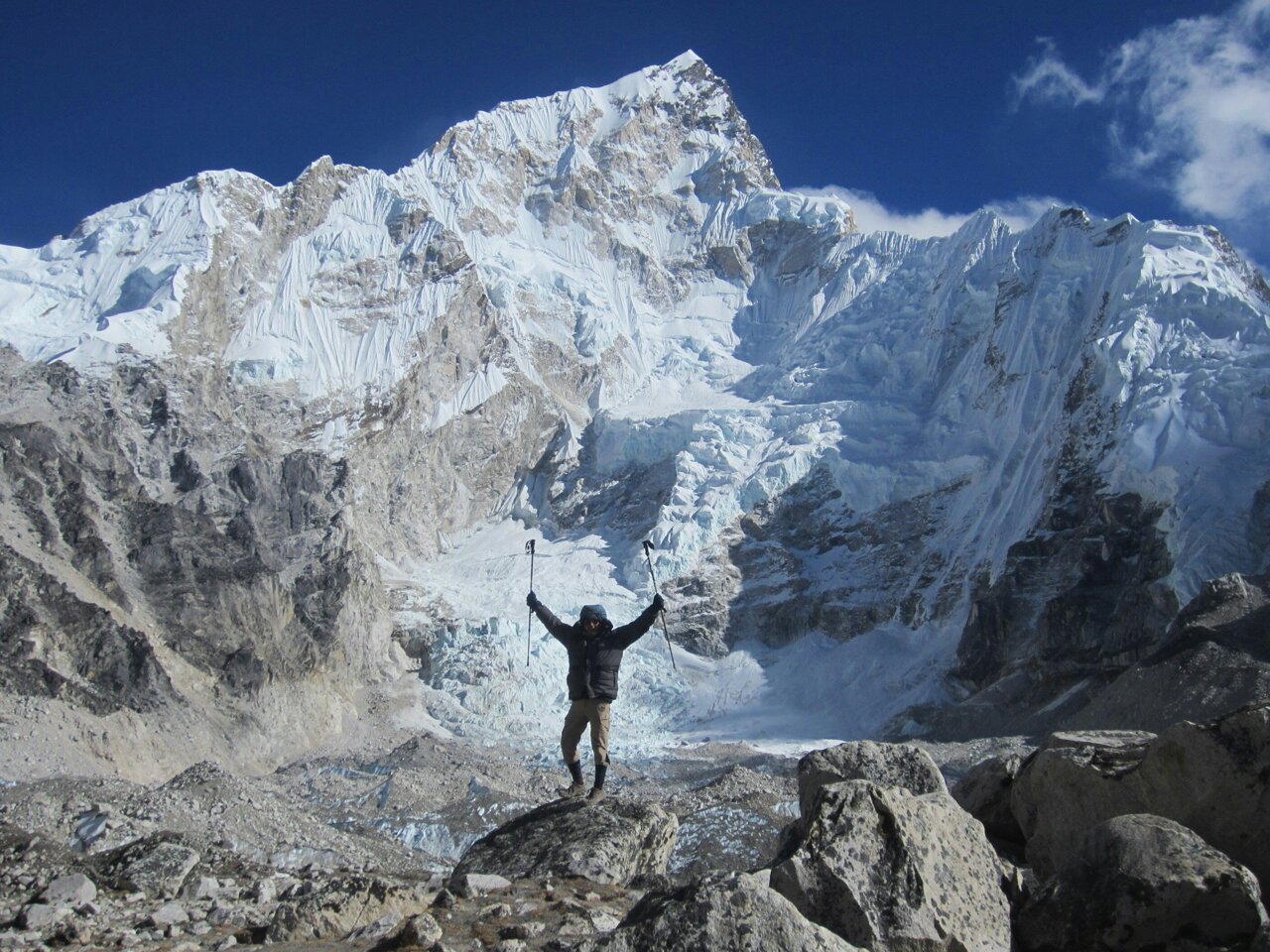Everest Base Camp: A Trekker’s Guide to Safety and Respect
The allure of Everest Base Camp, nestled at a breathtaking 5,364 meters (17,598 feet) above sea level, draws thousands of adventurers to Nepal each year. While travel agencies often portray the trek as accessible to all, regardless of experience, it’s crucial to understand the potential dangers and prepare accordingly. What may seem like an exciting journey can quickly become a struggle for survival, especially for those new to high-altitude trekking.
Related: AC Service West Palm Beach Expert Guide
Understanding the Terrain and Risks
Sagarmatha National Park, home to Mount Everest (known locally as Chomolungma) and the Sherpa community, is undeniably beautiful. However, the routes to Everest Base Camp are among the busiest in the Himalayas for a reason. The park experiences two peak trekking seasons: spring (March to May) and autumn (September to October).
High-altitude environments magnify even minor inconveniences into serious risks. The trek begins in Lukla (2,860m/9,383ft), where trekkers are immediately exposed to factors that can impact their health, including altitude sickness and unfamiliar bacteria.
Prioritizing Acclimatization
Choosing goals that align with your physical and technical capabilities is paramount. While the human body can adapt to high altitudes, altitude sickness can occur at elevations as low as 2,500m (8,202ft) – even lower than Lukla.
- Proper acclimatization is key. Above 3,000m (9,843ft), ascend no more than 500m (1,640ft) per day and rest every two to three days at the same altitude.
- Consider the “saw tooth system.” This optimal, though less commonly followed, approach involves climbing during the day but descending to sleep at a lower elevation.
Locals in the Khumbu region often observe tourists neglecting acclimatization or failing to heed their surroundings. This can lead to dangerous situations, especially as darkness and cold descend quickly in the mountains.
The Importance of Local Guides and Health Checks
Inexperienced trekkers should strongly consider hiring a reputable local guide. Some trekkers have needed medical evacuation due to inadequate guidance. One trekker, who hired non-local guides online, developed high-altitude pulmonary edema because her guides failed to monitor her vital signs. She emphasized the critical need to descend quickly, stating that ascending further could have been fatal.
Regular health checks are essential throughout the trek. Be aware of the four main symptoms of altitude sickness:
- Headache
- Nausea
- Dizziness
- Fatigue
If these symptoms appear, do not ascend further and consider descending.
Respecting the Local Culture and Environment
Using a reputable, locally-owned trekking agency is more than just a safety measure; it also fosters a deeper understanding of the local culture and helps minimize negative impacts on the host community.
Too often, trekkers are solely focused on reaching base camp and taking a photo. Some even opt for helicopter returns to Kathmandu immediately after achieving their goal. This “one-way trip” mentality can strain host-guest relations and irritate local communities.
Food Safety and Hydration
Carefully monitor your food and drink intake to prevent food poisoning. Diarrhea at high altitudes is particularly dangerous due to the rapid dehydration it causes, which is difficult to manage in mountain conditions. Low air pressure and reduced oxygen levels exacerbate the condition, weakening the body’s ability to recover. Furthermore, dehydration symptoms can mimic altitude sickness.
When traveling in different climates and countries, exposure to unfamiliar strains of bacteria is unavoidable. To mitigate this:
- Spend a few days acclimatizing to the local bacterial flora at a lower altitude in Nepal before heading to the mountains.
- Eat local food, such as daal bhat, Nepal’s national dish.
Many trekkers report experiencing gastrointestinal issues, often for several days. Diarrhea-related infections are a leading cause of illness among travelers, including those trekking to Everest Base Camp. Studies in the Himalayas show that up to 14% of mountain tourists contract gastroenteritis, accounting for approximately 10% of all helicopter evacuations.
Avoiding “Bad Judgment Syndrome”
Ultimately, the most common cause of failure or accidents in the mountains is overestimating one’s abilities. This “bad judgment syndrome” manifests as attempting routes that are too challenging, maintaining a pace that is too fast, or failing to dedicate enough time to acclimatization.
The simplest solution is often the best: walk slowly, enjoy the views, and prioritize your well-being. Proper preparation, respect for the environment, and awareness of your physical limitations are essential for a safe and rewarding trek to Everest Base Camp.

